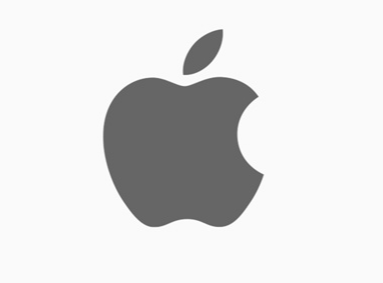The purpose of this application note is to support you in installing arivis Vision4D on an Apple computer.
arivis Vision4D is not available as a native macOS application, it requires Microsoft Window 10 (64Bit) or better.
Simply put, arivis Vision4D is a Windows-compatible application only. This means that to run arivis Vision4D on any computer you must have MS Windows installed first. Any such installation also requires a Windows license.
There are two main ways to install Windows on Apple hardware:
- BootCamp - This involves creating a special partition on your hard disk where Windows will be installed. The BootCamp Assistant provided as part of the macOS installation includes all the necessary drivers, but the user must provide a Windows installation disk and license key. Once installed and configured the user can restart their computer under Windows and at this point, the computer behaves like any other Windows PC (more or less). The BootCamp is free and included as part of the macOS installation, but the Windows license is typically not. Note that BootCamp is not supported on Apple Silicon. Please contact Apple for support in installing BootCamp and check the system requirements on the Apple website.
- Virtual PC - This involves installing Virtual PC software, like VMWare Fusion or Parallels Desktop, which creates virtual machines on the computer on which it is installed. Again the user must also provide a Windows license key.
Some key differences between these two solutions:
- BootCamp requires that you restart the computer to use Windows applications, while Virtual PCs can be run in parallel with MacOS
- With BootCamp your PC restarts and behaves essentially like any other Windows system with full access to the whole hardware. This means that there should not be any graphics compatibility issues beyond known limitations with regards to so-called "on-board graphics". It also gives you full access to the whole of the RAM and every core in your CPU. With a Virtual PC the hardware resources are shared between the two OSs. This means that when a user configures a Virtual PC he/she must assign a certain number of cores and a certain amount of RAM that the Virtual PC can use. These will no longer be available to your Mac OS until the virtual machine is stopped.
- Also related to this last point, different Virtual PC software and graphics cards have varying degrees of support for sharing the GPU between the main OS and the Virtual PC. It is recommended that users check the help for their Virtual PC providers for support on this point.
- Running a virtual PC also can limit the use of "soft" licenses. The licensing system is designed to detect any changes in the virtual PC configuration that could indicate that the virtual machine has been copied or modified. Therefore, when using soft licenses on a virtual machine, users should make sure to disable any soft license prior to making changes to the virtual machine environment and re-enable the license once changes are complete to avoid disabling the license. Please check this article on choosing the right license type for more information.
Note that while we do not know of any specific issues with either type of configuration besides those highlighted above, this guide is provided without any guarantee of support. As stated at the beginning, arivis Vision4D is a Windows application, and as such is only fully supported when running in native Windows machines.

